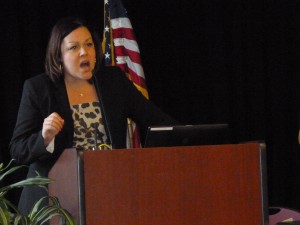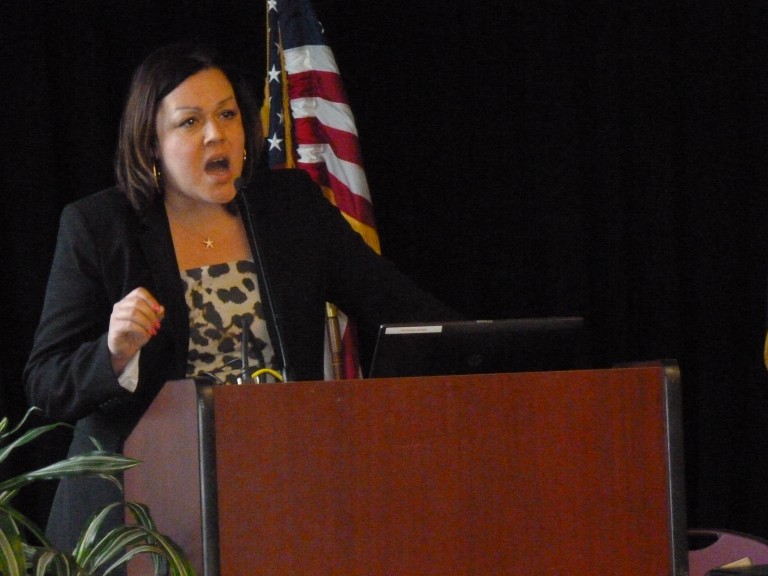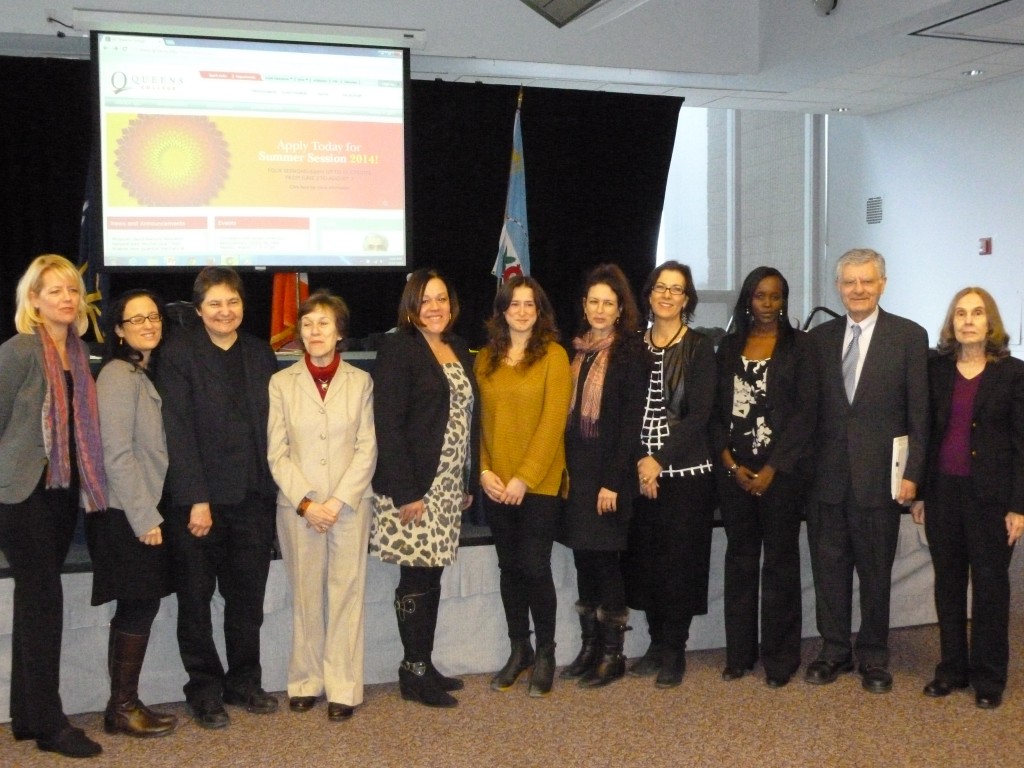Queens College assembled a panel of academics Monday to examine how and why mass genocides in the past affected female populations specifically, while also considering their role in such tragedies. Professors Joyce Warren and Elissa Bemporad helped select the eight speakers as part of the college’s Virginia Frese Palmer conference in recognition of Women’s History Month.
“It’s always surprising to realize what little mentions of women there are in these kinds of stories,” Bemporad said. “It seems so obvious that in order to fully understand the spectrum of experiences in regards to genocide, we must include women and female experiences because they are different.”
Each scholarly speaker took a closer look into different tales of female neglect through such horrific events in history like the Armenian genocide, the Holocaust and the genocide in Srebrenica. Queens College President Evangelos Gizis said the panel was put together with hopes of pairing students and faculty in a new way and improving the school’s 60 percent graduation rate.

Audra Simpson, an assistant professor of anthropology at Columbia University, speaks about the exploitation of native Canadian women. Photo by Phil Corso
“Our efforts for improving the graduation rate depends on advisement and interaction with faculty,” he said. “If we want to see an increase in interaction, we have to make sure we have the sufficient number of full-time faculty.”
Audra Simpson, an assistant professor of anthropology at Columbia University, spoke first, delivering her work titled, “The Chief’s Two Bodies: Theresa Spence and the Gender of Settler Sovereignty.”
Simpson went into detail about how gender played a part in the roles of settler society, particularly with native Canadian women who were often exploited seen as a symbol of land and property.
Donna-Lee Frieze, a senior fellow at the Center for Jewish History, shared how victims of the Armenian genocide had varying experiences, depending on their gender. Unlike men, who were typically murdered early on in the Armenian genocide, Frieze told the tails of forced deportations, rape and sexual slavery that women were forced to endure.
“This was a means of destroying the community,” she said. “Rape is a means of social control used to stigmatize victims.”
Marion Kaplan, a professor of modern Jewish history at New York University, shared stories of how women in the Holocaust had drastically different experiences when compared to their male counterparts. Exploring different gender analyses, she said, has become a big benefit to Holocaust scholarship over the years.
“Gender made a big difference in deciding between fight and flight,” Kaplan said. “Men were more prone to stand their ground. Jewish women experimented with new behaviors.”
Kaplan said women were more likely to sell their homes, seek new jobs, or seek refuge in an attempt to survive. Men, she added, emigrated more easily because they had the contacts and opportunities at their disposal.
“To be short, in Germany, being male or female mattered during the Holocaust,” she said.
Other speakers included Wendy Lower, a historical consultant for the U.S. Holocaust Memorial Museum, Victoria Sanford, a professor of anthropology at Lehman College, Jacqueline Murekatete, a genocide survivor and human rights activist, Lisa DiCaprio, associate professor of social sciences at NYU and Cassandra Atlas, a human rights advocacy coordinator.
By Phil Corso


